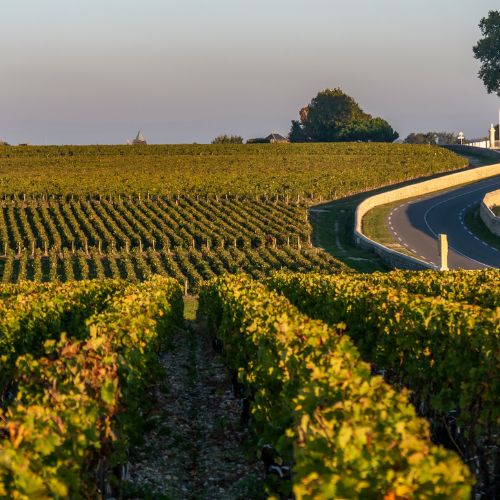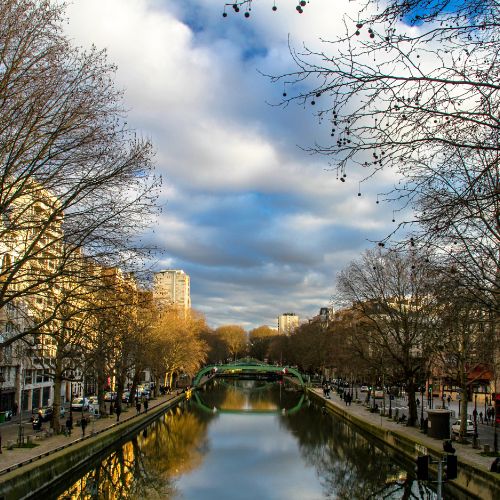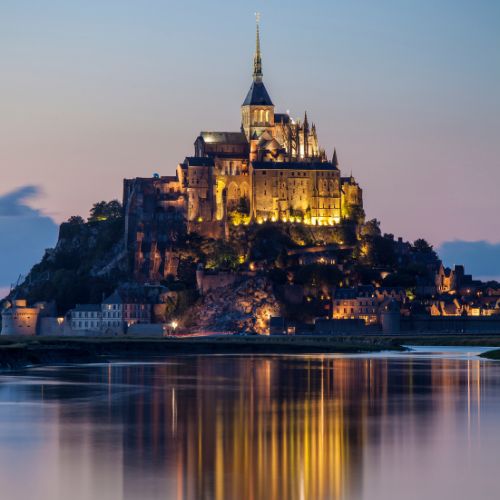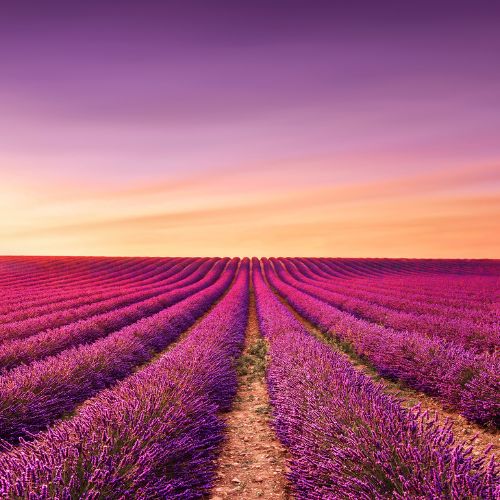

Bordeaux stands as one of the world's most prestigious wine regions, producing celebrated wines that have shaped global viticulture for centuries. With over 7,000 châteaux spread across 65 appellations and 120,000 hectares of vineyards, the region offers an unparalleled wine experience for enthusiasts and casual visitors alike.
This guide will help you navigate the expansive Bordeaux wine country, understand its complex classification systems, and create memorable tasting experiences that will deepen your appreciation for these exceptional wines.
Understanding Bordeaux Wine Regions
Bordeaux's vineyards are divided by the Gironde Estuary and its two rivers, the Garonne and Dordogne, creating distinct wine-producing areas, each with its own character:
Left Bank
The Left Bank includes the Médoc and Graves regions, known primarily for their Cabernet Sauvignon-dominated red blends. Here you'll find many of the prestigious classified growths from the 1855 classification, including legendary names like Château Margaux, Château Lafite Rothschild, and Château Latour.
The wines from this region are typically fuller-bodied with firm tannins and excellent aging potential, showing characteristics of black currant, cedar, and graphite. The gravelly soils provide excellent drainage, forcing the vines to grow deep roots in search of water.
Right Bank
The Right Bank encompasses Saint-Émilion, Pomerol, and their satellite appellations. These regions favor Merlot and Cabernet Franc in their blends, producing wines that are often described as more approachable in their youth compared to their Left Bank counterparts.
Famous Right Bank châteaux include Petrus, Château Cheval Blanc, and Château Ausone. The clay and limestone soils here are perfect for Merlot, creating wines with lush plum and chocolate notes, silky textures, and slightly lower tannin levels.
Entre-Deux-Mers
Located between the Garonne and Dordogne rivers, this large region produces primarily white wines from Sauvignon Blanc, Sémillon, and Muscadelle grapes. These wines offer excellent value and are known for their crisp, refreshing character with notes of citrus, grass, and sometimes a touch of honey.
Planning Your Wine Tour Experience
Unlike some wine regions where you can simply drop in for tastings, many Bordeaux châteaux require advance reservations. This is especially true for the more prestigious estates, which may book up weeks or even months in advance during peak tourist season.
- Make reservations at least 2-4 weeks in advance, especially for famous châteaux
- Consider joining organized tours if you're short on time or prefer not to drive
- Visit a mix of large, prestigious estates and smaller, family-run châteaux for a balanced experience
- Plan no more than 2-3 château visits per day to avoid palate fatigue
- Research opening hours carefully, as many châteaux close for lunch (12-2 PM)
Must-Visit Wine Experiences in Bordeaux
1. La Cité du Vin, Bordeaux
Begin your Bordeaux wine journey at this spectacular wine museum in the city of Bordeaux. The striking architecture resembles wine swirling in a glass, and inside you'll find immersive exhibits on wine history, culture, and production techniques from around the world. The experience culminates with a tasting on the top floor, offering panoramic views of the city.
2. Saint-Émilion Village and Vineyards
This medieval village, a UNESCO World Heritage site, offers both historical charm and exceptional wines. After exploring the narrow cobblestone streets and underground monuments, visit some of the surrounding châteaux for tastings. The limestone plateau produces some of Bordeaux's most prestigious wines, including the only Premier Grand Cru Classé A properties on the Right Bank.
Wine is the intellectual part of a meal... Wine makes every meal an occasion, every table more elegant, every day more civilized.— André Simon
3. Médoc Wine Route
Drive the D2 road, known as the 'Route des Châteaux,' which winds through the Médoc peninsula passing legendary estates like Margaux, Pauillac, and Saint-Julien. The landscape is dotted with grand châteaux that resemble small castles, their vineyards meticulously maintained. Many offer tours that explain their particular terroir and winemaking philosophy.
4. Sauternes and Barsac
The sweet wines of Sauternes and Barsac are produced using grapes affected by 'noble rot' (Botrytis cinerea), a beneficial fungus that concentrates the sugars in the grapes. A visit to châteaux like d'Yquem or Climens reveals the labor-intensive process behind these golden elixirs, which can age for decades, developing complex notes of honey, apricot, and exotic spices.
Enhancing Your Tasting Experience
To fully appreciate Bordeaux wines, it helps to understand the traditional tasting approach:
Take time to observe the wine's color and viscosity. Bordeaux reds range from ruby to deep garnet with age, while whites progress from pale lemon to golden amber. When swirling and sniffing, notice how the aromas evolve in the glass. Young Bordeaux might show fresh fruit, while older wines develop tertiary notes of leather, tobacco, and forest floor.
Don't be afraid to ask questions during château visits. Bordeaux winemakers are typically passionate about their craft and happy to explain their particular approach to blending, oak aging, and other elements that distinguish their wines.
Bordeaux's winemaking tradition spans centuries, yet continues to evolve with modern challenges like climate change and changing consumer preferences. A visit to this storied region offers more than just excellent wine – it provides insight into a cultural heritage that has helped shape global vineyard practices and wine appreciation.
Whether you're a dedicated oenophile or simply curious about the world's most famous wine region, Bordeaux offers endless opportunities to deepen your knowledge and refine your palate while enjoying the beauty of southwestern France.
More Articles You May Enjoy
Continue exploring France through our travel guides

Exploring Paris: 7 Hidden Gems Off the Beaten Path
Discover the secret spots in Paris that most tourists miss but locals love. From hidden gardens to charming cafés, these gems will make your Paris visit truly special.
Read more
Mont Saint-Michel: A Complete Visitor's Guide
Plan your perfect visit to the magical island abbey of Mont Saint-Michel with our comprehensive guide covering history, tides, accommodation, and insider tips to avoid the crowds.
Read more
The Ultimate Guide to Provence's Lavender Fields
Experience the magic of Provence's famous lavender fields with our comprehensive guide. Learn when to visit, the best locations, and photography tips to capture the stunning purple landscapes.
Read more